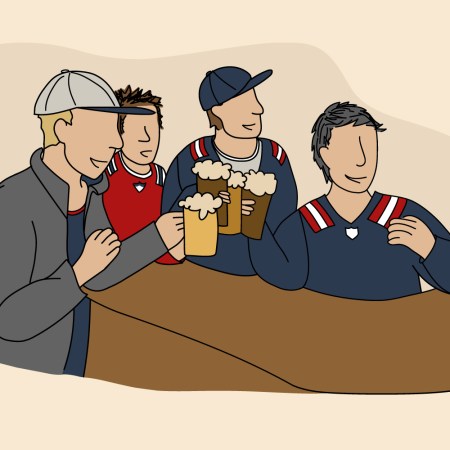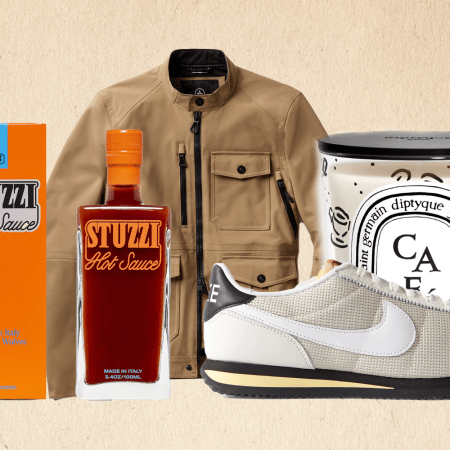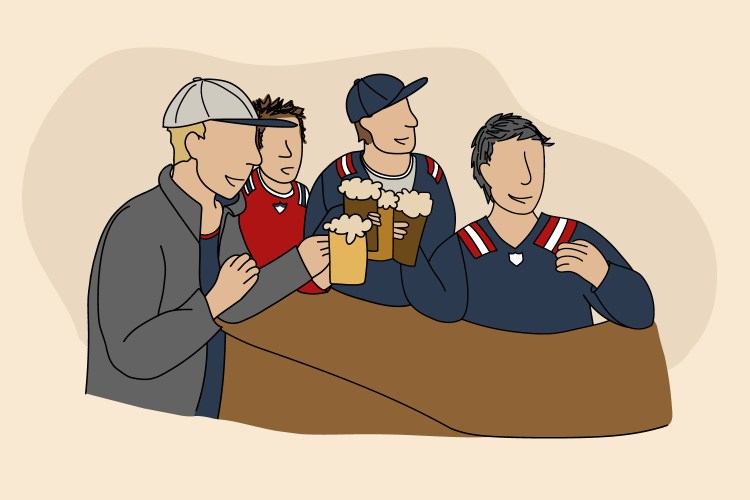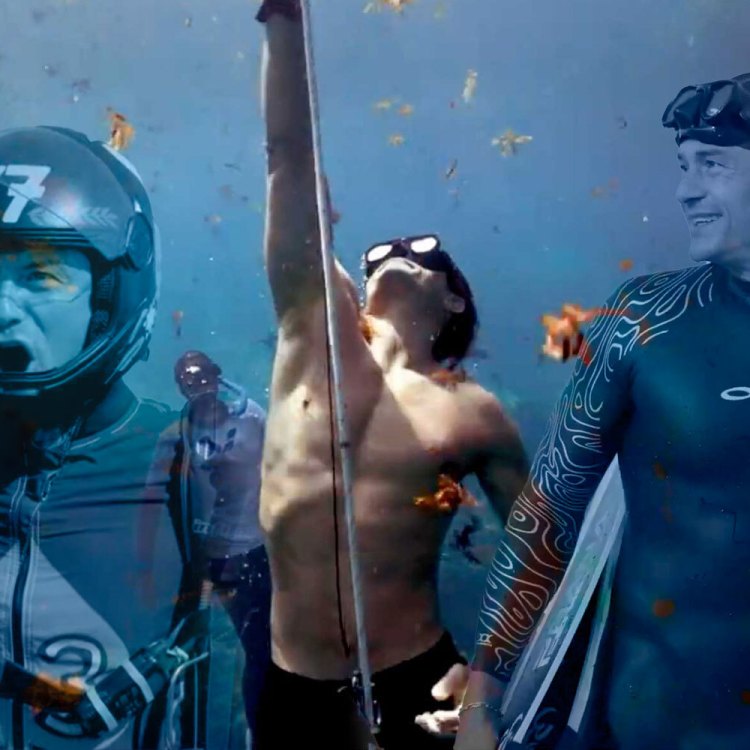“Choose a card, any card.”
We hear magicians say that all of the time. But behind that simple phrase is one of the most clever and important principles of legerdemain: the illusion of free choice.
“[It] is probably one of the magician’s most closely guarded, powerful secrets,” says magician David Kwong. “If you, as an audience member, are given the ability to choose something, you believe that you have chosen freely, that everything is fair because we as humans closely guard our free will and our ability to make choices.”
In addition to performing, Kwong writes crossword puzzles for the New York Times. He has designed magic tricks for Blindspot and Now You See Me. And his new book, Spellbound, outlines the seven principles of incorporating illusions into our everyday lives.
This book is not designed for those who want to become magicians. Rather, it’s a magician’s take on storytelling, and it details seven ways in which you can improve work presentations, parenting skills, purchasing decision and more — via magic. We recently spoke with Kwong about free choice — and how to, well, manipulate it. Here are some takeaways from that conversation.
On the science behind the free-will principle …
“There was an experiment done in 2000 with two control groups in a French shopping mall. A young man approached people and said: ‘Can I have some change for the bus?’, and they gave him a certain amount of money. But then he went to the second group and said, ‘May I have change for the bus? You are free to accept or refuse,’ reminding them of their free will. Those people gave more money. The success rate was nearly five times the original one.”
On how this can prove pivotal to good management …
“There’s a fantastic book called Nudge by Richard Thaler and Cass Sunstein. Nudging is a leadership term that means you know what is best for your employees. Without forcing them, how do you get them to arrive at the decision themselves? You nudge them. You just give them a little push in the right direction. A great example of this is in the cafeteria: if you want people to eat healthier, you put the healthy food at eye level so that everybody sees it and it’s the first thing they see. The rest of the options are still there, but you’re dangling the best option right in front of them. Magicians take advantage of that all the time. We are like good leaders and good CEOs: we are choice architects. We change the environment in which choices are made, is a good way to put it.”
On how this can be used in parenting …
“Next time your kids don’t want to go to bed, say, ‘I’ll tell you what. You can decide. Do you want to go to bed in five minutes or ten minutes? You make the decision.’ You know? It’s like the FBI agent saying, ‘Do you want to come out of the house with the hostages in the front door or the back door? Whichever makes you more comfortable.’”
On why you should be aware of this next time you go to the supermarket …
“Supermarkets are wonderful examples of choice architecture. Supermarket owners have studied human behavior as shoppers. Some go as far as to put the premium goods on the right side of the aisle, because most people are right-handed and they’ll grab for them that way. They’ve studied the traffic patterns of the shopping carts, knowing that you probably will go clockwise around the store, so they put it in that sort of spiral. They definitely put the bread and the milk and the other staples in the back of the store so you have to walk through all the other goods to get to them. No one’s forcing you to buy these things. You have the freedom to choose, which is why this is such a powerful principle. But you are being nudged towards what they hope will be the purchase of premium goods.”
To seal the deal, orchestrate a “leave-behind”
“Magicians will do this thing called a leave-behind, which is even after the show, after I’ve left the premises, I’ve left something behind to strengthen the illusion even more. Let’s say I’m performing with a magazine or newspaper that I’ve doctored in some way to pull off an illusion. I’m also going to have a second normal newspaper or magazine that then I leave in the trash on my way out, so then any curious, nosy person is going to fish out of the trash, is going to be completely and utterly fooled when they try to make sense of how the illusion was pulled off. When that happens, when people buy into a leave-behind like that, the illusion is bulletproof. In that moment, they’re fooling themselves.”
This article was featured in the InsideHook newsletter. Sign up now.























